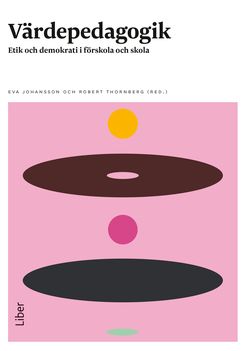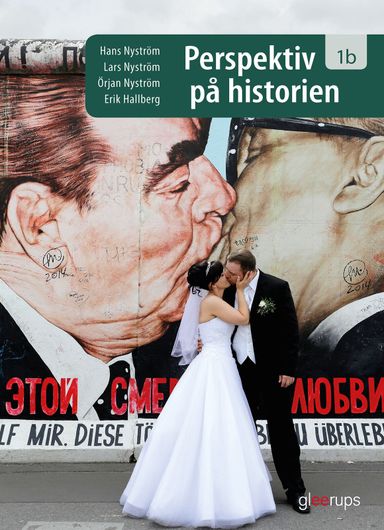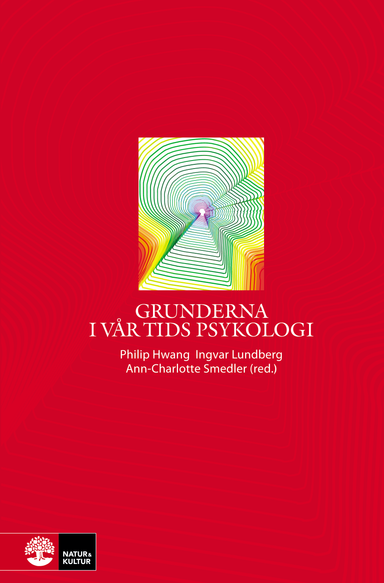

Criminological Theory Upplaga 1
- Upplaga: 1a upplagan
- Utgiven: 1989
- ISBN: 9780803926387
- Sidor: 264 st
- Förlag: SAGE Publications, Inc
- Format: Inbunden
- Språk: Engelska
Om boken
This volume introduces major theories of crime and criminality for the undergraduate student. It has two unique features: firstly, it emphasizes the social context of theory development, secondly, it makes a link between theoretical notions of crime and changes in social policy concerning crime and criminals. The book begins with early attempts to explain crime through differences in physical or psychological traits. There follows the reframing of crime as a question of social context, then the authors discuss more current developments, such as control theories, labelling and radical conflict theories. In conclusion, recent developments including the return to more conservative, individual-focused explanations of criminal behaviour are discussed.
Åtkomstkoder och digitalt tilläggsmaterial garanteras inte med begagnade böcker
Mer om Criminological Theory (1989)
I november 1989 släpptes boken Criminological Theory skriven av J. Robert. Lilly. Det är den 1a upplagan av kursboken. Den är skriven på engelska och består av 264 sidor. Förlaget bakom boken är SAGE Publications, Inc.
Köp boken Criminological Theory på Studentapan och spara pengar.
Referera till Criminological Theory (Upplaga 1)
Harvard
Lilly, J. Robert. (1989). Criminological Theory. 1:a uppl. SAGE Publications, Inc.
Oxford
Lilly, J. Robert., Criminological Theory, 1 uppl. (SAGE Publications, Inc, 1989).
APA
Lilly, J. Robert. (1989). Criminological Theory (1:a uppl.). SAGE Publications, Inc.
Vancouver
Lilly JRobert. Criminological Theory. 1:a uppl. SAGE Publications, Inc; 1989.



















